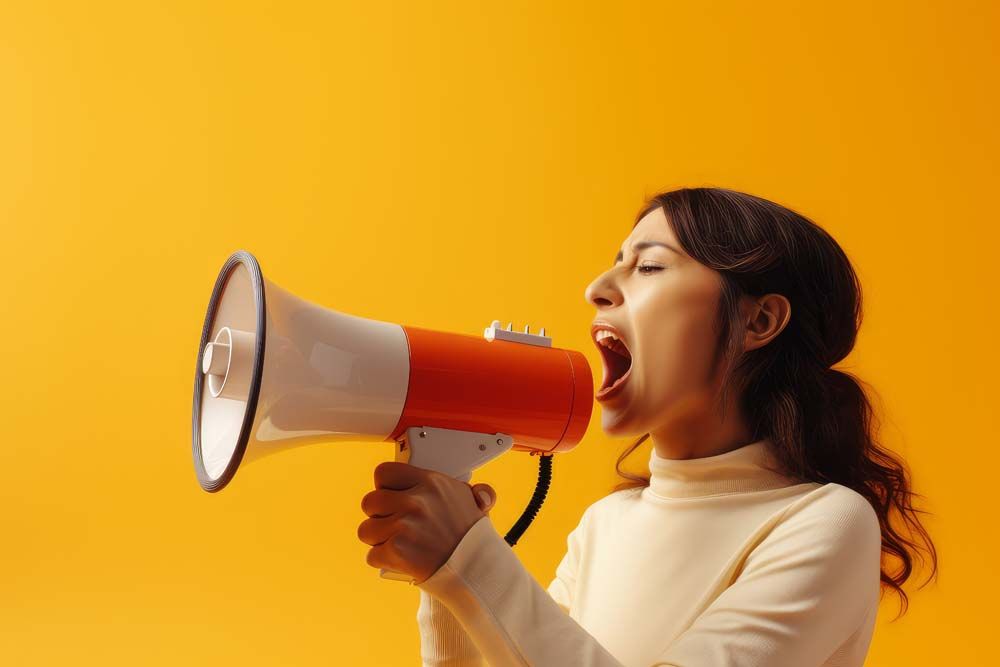Agriculture’s Role in Protecting Biodiversity


Biodiversity is essentially the amount of various species of living organisms and is extremely important to support life on earth.
The variety of plants, animals, fungi, and other microorganisms on earth provide us with food, the air that we breathe, fuel, medicines, shelter and more. Biodiversity and everything that comprises it is also responsible for pollination, water purification, seed dispersal, climate regulation, soil health, and more. Any ecosystem or area suffering a loss of biodiversity will have a harder time accomplishing these things.
In other words, pollination will be poorer, soil health will suffer, water will not be as purified, and food, fiber, and fuel production will suffer in areas lacking biodiversity.
Biodiversity is an extremely important part of the world around us and agriculture plays a key role in keeping it that way.
Farmers and ranchers (and agriculture as a whole) see the importance of biodiversity. Without it, we would produce less food, fiber and fuel, and there would be so many other negative consequences. Because of this importance, ag is working to support (and improve) biodiversity!
Here are some of the ways that farmers and ranchers are preserving and protecting biodiversity.
Conservation tillage and no-till
Traditional tillage turns over residual nutrients left from the previous crop, provides loose soil for seeds to take root, and disturbs weed growth. However, tillage also increases the chances of soil erosion and carbon being released from the ground into the atmosphere.
Alternatively, conservation tillage, most notably no-till practices, turn over soil very lightly (or not at all in no-till). This leaves residue from the last crop and decreases the chances of soil erosion. This also promotes soil biodiversity. The use of conservation tillage also decreases fuel use by a third over traditional tillage, which is another win in decreasing greenhouse gas (GHG) emissions, and increasing farmer profitability.
Cover crops
Cover crops can be planted in between two main crops. In the United States, cover crops are often planted in fall at the harvest of one crop and are grown until another crop is planted in spring. The use of cover crops has been increasing on American farms. It helps to prevent soil erosion and it returns nutrients to the soil to benefit future crops. These cover crops also provide habitat for insects and animals, protect against climate change and improve water quality.
Incorporating livestock and animal ag
Animals grazing also contributes to biodiversity. Cattle grazing can help to control weeds which allows the opportunity for other varieties of plants to grow. Animals grazing also provide fertilizer which enhances the growth of many organisms. Cattle provide many other ecosystem services. Sheep provide similar services and eat plants that crowd out trees.

Sheep grazing in forests can double the number of healthy trees and increase each tree’s growth by 30 percent compared with areas not grazed.
Other sectors of animal ag are also providing these important biodiversity benefits.
Biodiversity is also being improved by agriculture in our oceans and waterways. Aquaculture helps balance marine ecosystems and restores at-risk species. Oysters, clams, mussels, and scallops that are grown in aquaculture also improve water quality and act as natural filters. By feeding on phytoplankton and nutrients, these shellfish purify water and help clean coastal areas. Shellfish also act like reefs, providing habitats and protection for other organisms such as juvenile fish, crabs, and lobster.
Land conservation
Farmers worldwide also engage in land conservation efforts. Conserved land is protected under strict rules and provides habitat for wildlife and natural plants, improves water quality and prevents soil erosion. In the U.S. this is called the Conservation Reserve Program (CRP). In October 2023, there were 23 million acres enrolled in this program.
A recent survey of 800 farmers around the globe found that every farmer surveyed already applies or plans to apply practices that support biodiversity. This shows just how much farmers are thinking about the world around them. The next time you are wondering about biodiversity and the world around you, you don’t have to worry about agriculture’s role in it.
Biodiversity remains an important focus of agriculture and often goes hand in hand with other sustainability efforts. These are just a few of the biodiversity protection practices used every day by farmers and ranchers.
About the author
When not tending to her own 17-acre farm, Michelle Miller aka The Farm Babe is a writer, public speaker, and social media influencer on food and modern agriculture. Learn more about her at thefarmbabe.com.
Tags:The Farm Babe

Acreage Life is part of the Catalyst Communications Network publication family.














